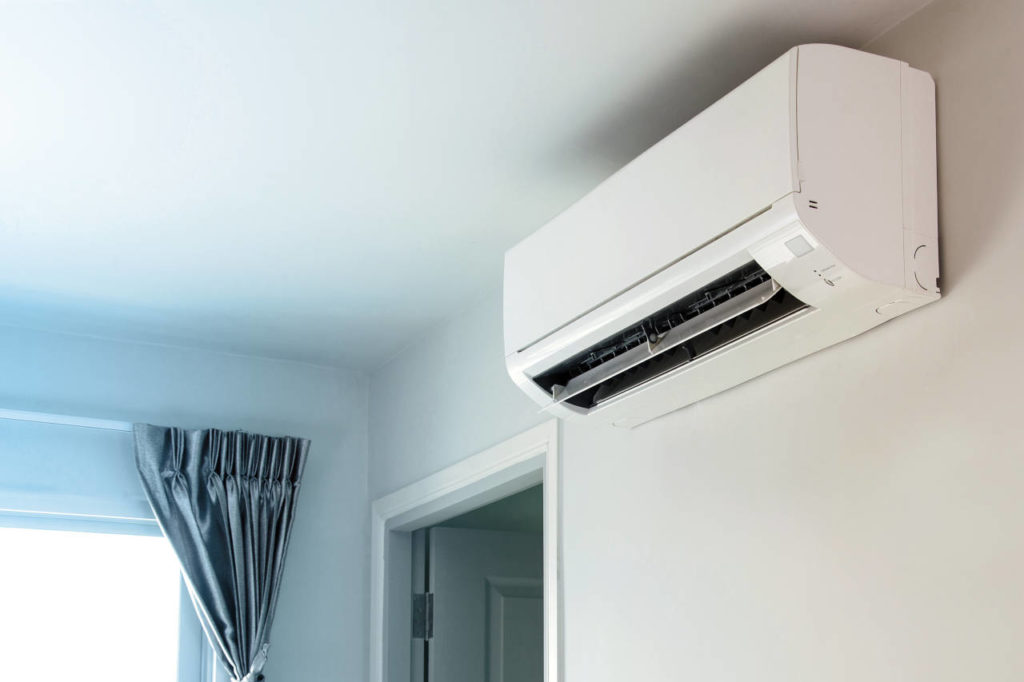
How can you understand the air conditioner ratings offered by the equipment manufacturers? If you want to buy a heat pump or air conditioner for your home or workplace, you need to do some research beforehand.
Since there is a trade-off between the original price and the running cost over time, getting appropriate equipment that will generally last you for many years is crucial.
A decent device with energy-saving features such as compressor inverter control is more expensive than a standard ON/OFF compressor. This is because the electrical control is far more difficult and adds significantly to the unit’s cost. The energy-efficient device, on the other hand, will save you money on your power bill.
Even if your initial investment is bigger, you will end up with more money if you total up your savings over time. As a result, most homeowners are ready to spend more for a better and more efficient unit. Let’s have a look at how air conditioning is rated in different ways.
Table of Contents
Ratings for Air Conditioners And Typical Specifications
Here are some of the air conditioner ratings you’ll see in brochures or specs for air conditioners and heat pumps.
EER (Energy Efficiency Ratio)
The Air Conditioning and Refrigeration Institute (ARI) created this grade in 1975 for manufacturers to assess their equipment so that customers or consultants may identify the cooling efficiency of the air conditioner simply by glancing at the specifications.
The cooling capacity (Btu/h) is divided by the input power to get this rating (Watt). The rating points are based on indoor temperatures of 80°F dry bulb/67°F wet bulb and outdoor temperatures of 95°F dry bulb/75°F wet bulb.
An AC with a higher EER rating is more energy efficient. If you come across an air conditioner with a 14 EER rating, you can be assured that it is incredibly energy efficient.
The EER is very useful for portable equipment, but it does have certain limitations. The EER is calculated only when the unit is in a stable condition and does not take into account start-up and shutdown cycles.
SEER (Seasonal Energy Efficiency Ratio)
The AHRI (Air Conditioning, Heating, and Refrigeration Institute) measures this ratio, and manufacturers’ equipment ratings are available in their catalogs. This ratio is more accurate since it accounts for non-steady-state variables such as the air conditioner’s start-up and shutdown cycles.
Since January 23, 2006, all central split-cooling systems manufactured in the United States must have this ratio. A minimum SEER of 13 has been mandated to guarantee more efficient units are created, with the exception of window units, which have a minimum SEER of 10.
Energy Star
Keep an eye on the equipment’s Energy Star rating. This grade indicates that the equipment is meant to conserve energy, lowering your power costs while also saving the environment.

An Energy Star label on a piece of equipment indicates that it has passed the EPA’s high-efficiency performance requirements and meets or surpasses the minimum regulatory standards.
When compared to units lacking the Energy Star designation, units with this label save at least 30% on energy expenditures.
Minimum Efficiency Reporting Value (MERV)
MERV is a measurement of how much matter passes through an air filter. Minimum Efficiency Reporting Value stands for Minimum Efficiency Reporting Value. MERV values range from one to twenty, depending on the smallest particles a filter may anticipate catching.
Filters with a higher MERV rating are better at capturing these microscopic particles. Air conditioners with MERV ratings of 9 to 12 are routinely used in residential and business settings.
Look for systems that provide air filtration at 17 to 20 MERV levels, such as High-Efficiency Particulate Air (HEPA) filters, if you require better air filtration.
This image from EPA will be helpful to understand the different levels of ratings.
Parting Note
Beginning January 1, 2023, the minimum efficiency criteria for home central air conditioning and air-sourced heat pump systems marketed in the United States will be raised. The last rise, according to the US Energy Information Administration, occurred in 2015. This new rule will have an impact on how equipment is created and produced, therefore manufacturers and building owners should be aware of it. It will also be necessary to consider the additional charges.

